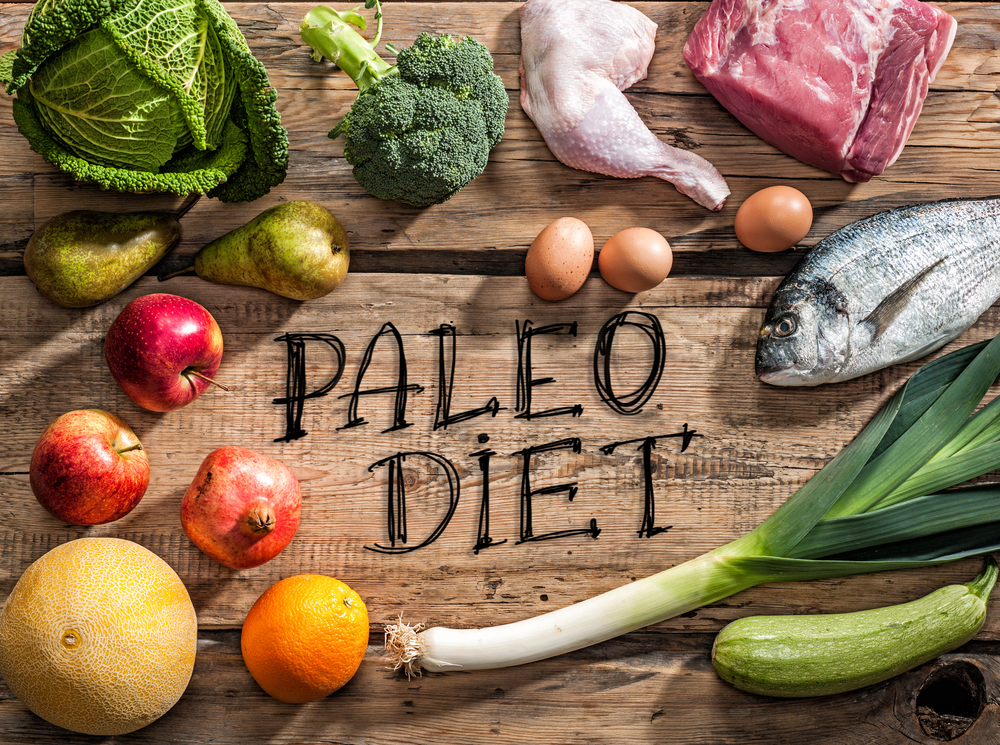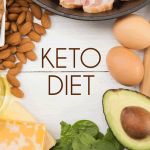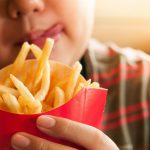
The paleo diet is inspired by what human hunter-gatherers ate during the Palaeolithic period thousands of years ago. While it may not be possible to track back exactly what human ancestors ate back then, researchers believe that the diet consisted of whole foods.
A paleo diet typically includes foods like lean meat, fish, fruits, vegetables, nuts and seeds – all of which were obtained in the past via hunting and gathering. With a whole food-based diet and being physically active, hunter-gatherers were found to have much lower rates of lifestyle diseases that are prevalent today, such as obesity, diabetes and heart disease.
Studies conducted have revealed that the paleo diet, together with regular exercise, can lead to significant weight loss and major health improvements.
Read also: Should You Go on a Juice Cleanse at Home? Here’s Everything You Need to Know
How the paleo diet works
The paleo diet focuses on meal plans that feature fruits and vegetables that are filled with healthy vitamins, minerals and fibre. These help to fill you up faster so you eat less. This effectively helps to curb weight gain. The diet also works on improving your health by eliminating high-fat and processed foods that have little to no nutritional value and high in calories.
Typically, here are some do’s and don’ts of the paleo diet:
Foods to eat on the paleo diet
- Meat: Beef, lamb, pork, chicken, turkey
- Fish and seafood: Trout, salmon, haddock, shrimp, shellfish
Always go for wild-caught ones whenever possible - Eggs: Opt for free-range, pastured or omega-3 enriched eggs
- Vegetables: Broccoli, kale, capsicum, carrots, tomatoes, onions
- Fruits: Bananas, oranges, apples, pears, avocados, strawberries, blueberries
- Root vegetables: Potatoes, sweet potatoes, yams, turnips
- Nuts and seeds: Almonds, macadamia nuts, walnuts, hazelnuts, sunflower seeds, pumpkin seeds
- Healthy fats and oils: Extra virgin olive oil, coconut oil, avocado oil
- Salt and spices: Sea salt, garlic, turmeric, rosemary
Note: Always go for grass-fed, pasture-raised and organic as much as possible. Alternatively, just ensure that you go for the least-processed option.
Foods to avoid on the paleo diet
The rule of thumb for the paleo diet is, if it looks like it was made in a factory, this should be crossed off your list.
Here are some foods and ingredients to avoid:
- Sugar and high-fructose corn syrup: Soft drinks, fruit juices, table sugar, candy, pastries, ice cream
- Grains: Breads, pastas, wheat, spelt, rye, barley, rice
- Dairy: Most dairy should be avoided, especially low-fat ones (some versions of paleo do include full-fat dairy like butter and cheese)
- Some vegetable oils: Soybean oil, sunflower oil, cottonseed oil, corn oil, grapeseed oil, safflower oil
- Trans fats: These are found in margarine and various processed foods and are usually referred to as “hydrogenated” or “partially hydrogenated” oils
- Artificial sweeteners: Aspartame, sucralose, cyclamates, saccharin, acesulfame potassium. You may go for natural sweeteners instead such as Stevia, xylitol and yacon syrup.
- Highly processed foods: These include everything that is labelled “diet” or “low-fat” or that is laden with additives – including artificial meal replacements.
Sample meal plan on the paleo diet
Following the list of foods to include and avoid, here’s what a typical day’s menu might look like for you:
Breakfast: Broiled salmon and rock melon
Lunch: Broiled lean pork loin and salad (romaine, carrot, cucumber, tomatoes, walnuts and lemon juice dressing)
Dinner: Lean beef sirloin roast, steamed broccoli and carrots, salad (mixed greens, tomatoes, avocado, onions, almonds and lemon juice dressing), and strawberries or blueberries for dessert
Snacks: An orange, carrot sticks or celery sticks
An important component of the diet also involves drinking lots of water.
Benefits and down sides of the paleo diet
With the way the paleo diet is designed to include only whole foods, there are a handful of benefits that you may enjoy from following the meal plans.
By eating fruits and vegetables, you will get to load up on many of the essential vitamins and minerals that can benefit your health. The paleo diet is also designed to be simple – you eat foods that are acceptable and simply avoid those that are not. There is no need to stick to a diet cycle or a pre-packed meal plan.
However, a Palaeolithic diet can be challenging to keep up with in the modern world today, especially in the long run. As most foods are eaten plain, following the paleo diet eating approach can get dull after a while.
Following the paleo diet principles can also be expensive as you’d need to choose foods that are organically grown as well as grass-fed and pasture-raised options.
What’s more, to date, there is no concrete scientific proof that the paleo diet effectively helps to ward off disease and any evidence of its benefits is anecdotal. Although some studies may support the benefits of the paleo diet, there are still many scientists that believe more evidence is needed to determine whether eating the paleo meal plans is confirmed to be a healthier choice that does not pose any risk to individuals.
Read also: 10 Great Hobbies for Busy Mums to Relax
At the end of the day…
You may choose to go on the paleo diet to help you lose weight or maintain your weight. However, do bear in mind that there are no long-term clinical studies about the benefits and potential risks of the diet, as of now.
To help you achieve your health and diet goals, it may be a better idea to take inspiration from the paleo diet and adapt it according to your needs – instead of following the diet from A to Z. You might very well achieve the same health benefits by exercising regularly and eating a balanced, healthy diet filled with fruits and vegetables.























